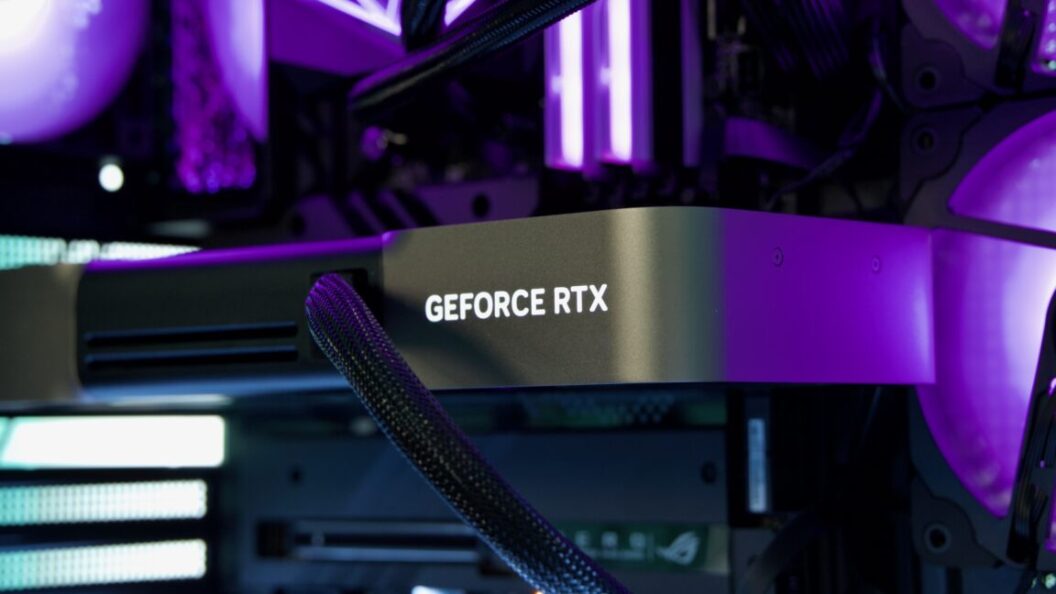Nvidia’s RTX 5080 Graphics Card: A Comprehensive Overview
Nvidia has recently unveiled its latest graphics card, the RTX 5080, which promises mild improvements over its predecessor while maintaining a competitive edge in performance. With incremental upgrades in core count and memory bandwidth, the 5080 is designed to cater to users looking for solid performance without the explosive power requirements associated with its flagship models. This article delves into the key features, specifications, and potential implications of the RTX 5080 for gamers and professionals alike.
Incremental Upgrades in Performance
The RTX 5080 features a 10.5% increase in core count compared to the original 4080, and a modest 5% increase over the 4080 Super. It retains the 16GB of RAM alongside a 256-bit memory interface. One of the notable transitions is from GDDR6X to GDDR7, which provides an impressive over 30% boost in memory bandwidth relative to the 4080 models. This gradual upgrade aligns with Nvidia’s strategy of enhancing performance while keeping power consumption in check.
The total power requirement for the 5080 stands at 360 watts, marking only a 40-watt increase from the 4080. Additionally, real-world testing indicates that the 5080 does not significantly exceed the 4080’s power consumption, highlighting efficiency as a priority in its design.
Comparison with Higher-End Models
Despite the positive enhancements, the performance of the RTX 5080 remains well below that of the higher-end RTX 4090 and the anticipated 5090. This deliberate distinction in specs serves a dual purpose: it ensures that the 5080 remains accessible for mainstream users while simultaneously reinforcing the 4090 and 5090’s status as premium options for high-end gaming and computational tasks.
Indeed, the core counts and memory bandwidth of the 5080 fail to match those of its more expensive counterparts, confining the 5090 and 4090 to a higher tier of hardware that is typically out of reach for casual users, with costs running into thousands of dollars.
Physical Design and Cooling Efficiency
From a design perspective, the RTX 5080 mirrors that of the 5090, maintaining uniformity in its Founders Edition build. Although the 5080 is lighter due to its reduced power consumption and fewer CUDA cores, its dimensions and power connectors are identical to those of the 5090.
Thermal performance during testing indicates that the 5080 runs approximately 5° Celsius warmer than the 4080 under load, but it operates about 11° to 12° cooler than the 5090. This suggests that users will find it easier to maintain system temperatures when using the 5080, making it a practical choice for builders concerned with thermal management.
Conclusion: The Significance of Nvidia’s RTX 5080
The launch of the RTX 5080 represents Nvidia’s continued commitment to providing improved yet accessible graphics solutions for varying user needs. While the 5080 may not offer groundbreaking enhancements, its sensible upgrades in memory bandwidth and power efficiency provide value to a vast segment of the market that prioritizes performance without exorbitant expense.
The incremental improvements position the 5080 as a reliable option for gamers and professionals seeking to upgrade their systems without stepping into the high-cost territory of the flagship models. Given that graphics cards are a pivotal component in gaming and computational performance, the RTX 5080 will likely satisfy those looking for dependable, mid-range capabilities in a rapidly evolving technological landscape.
As the market continues to adapt to evolving technologies and user demands, the implications of cards like the RTX 5080 will contribute to the shaping of future hardware selections, influencing both consumer choices and the competitive strategies of Nvidia’s rivals in the graphics card arena.









